A Holiday Wish for Change
As the holidays approach, the sense of hope and promise for the future permeates many of our lives and reminds me of a story about hope and the need for change.
Some of you may have heard me tell it before. This story is about a middle school student who I will call “Oliver” who helped me with a project about a year ago.
Oliver and I walked from our community center office to a store where we were looking at how tobacco companies were promoting their products in our community, I took the opportunity to ask him about how things were going for him and what he thought about it. He told me more than I expected to hear: how he had witnessed some severe violence near his home, how he had at one point hid under the covers on his bed because of what was happening outside his home.
Oliver I had known for a couple of years to be a gentle and unassuming bright child who attended programs at the community center. Looking for ways to be helpful in this moment, I asked him what he thought we should do to improve things, to keep things like this from happening to other kids. His answer also surprised me; it was startling because this child has no agenda and no reason to wordsmith what he said. He said that he thought it had always been this way and always would be this way, and that there was nothing we could do.
More recently, I saw him around the community center. His ready smile and proud tone when telling another adult that he had “done some work for me” gave me hope that he still had hope for his own future, one where he might see himself as the hero of his own life.
Oliver is the reason I am inspired to work for change in our community.
Change can happen using many tools: after-school programs, school health education, youth leadership development, and parent engagement. It can also happen via tools like policy that impact entire communities and help create an environment that supports health, safety and peace.
As we surveyed the offerings at the store, Oliver told me that his parents both use tobacco and alcohol in the home on a regular basis. I can imagine what it feels like for him to see his family members using substances that he knows are harmful to them and him; the sense of chaos and unpredictability that use contributes to his life. That feeling of chaos and lack of predictability preventing full engagement in his learning and in his community, adding to his sense of hopelessness. What can we do about this?
Humans are creatures of convenience. Research shows that the more inconvenient it is to obtain alcohol and tobacco, the less we will use them.
Within the 1.4 square miles that is Winooski, there are over 25 places that sell alcohol, almost 18 per square mile, and most of these also sell tobacco.
Communities have many tools at their disposal with which to address this that ensure both vibrancy and safety. They may cap the number of liquor licenses and restrict where alcohol may be sold. In this case, existing licenses may be grandfathered (allowed to exist as long as the establishment exists) to allow for licenses to fall below the desired number naturally as establishments come and go. Communities may also limit the number of alcohol outlets per specific geographic unit; limit the number of outlets per population, and limit the location and operating hours of alcohol outlets. Communities may also use land-use powers to limit, deny, or remove permission to sell alcohol from existing outlets. You may read more about this type of intervention here.
